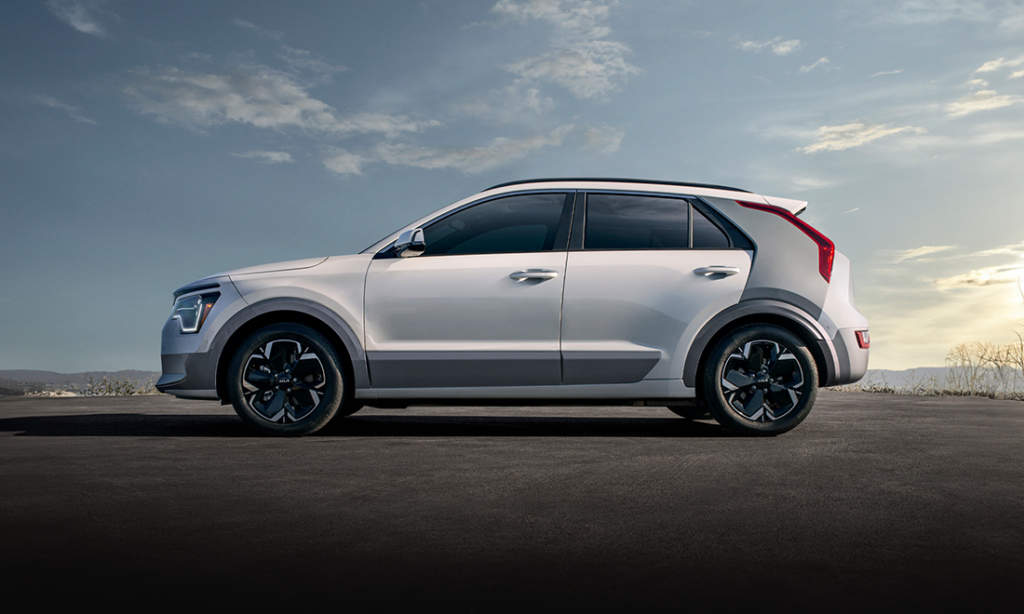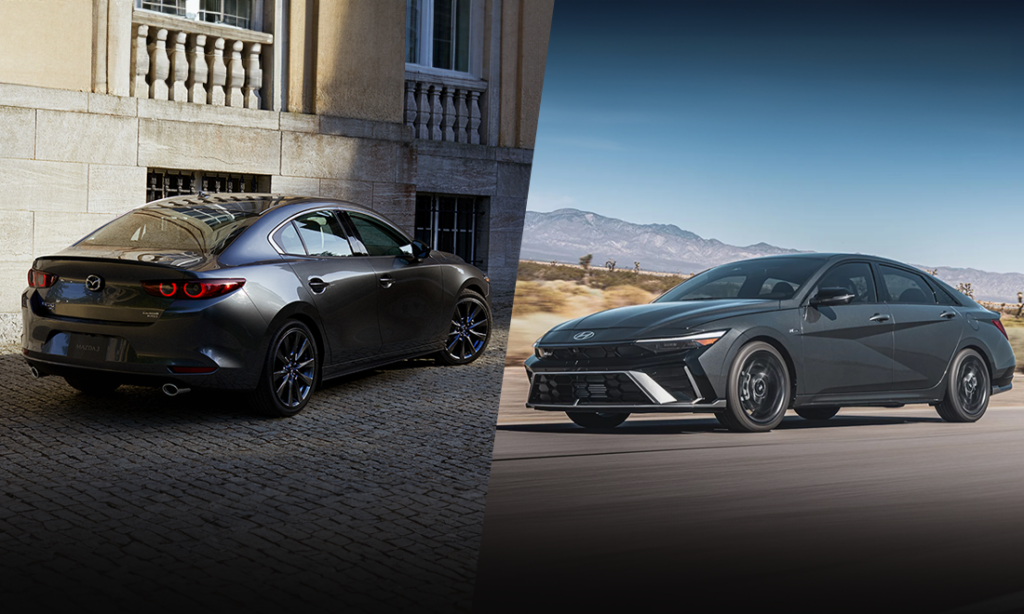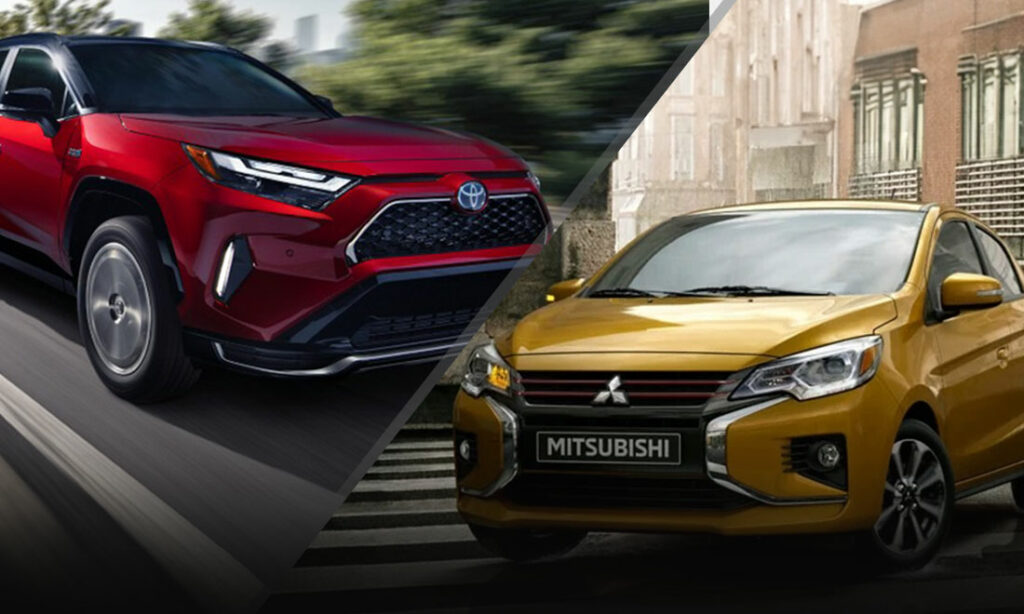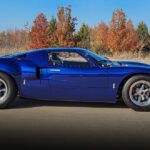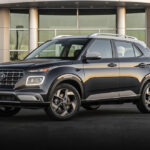Top 90s JDM Cars You Can Now Own in the USA
Looking to import a 90s JDM car? These Japanese cars are now available after 25 years! Check out the coolest cars from 1997 Japan.
It’s Been Over 25 Years for These 90s JDM Cars
Everyone loves a good 90s Japanese Domestic Model car. The only problem is that we can’t import them until they’re 25 years old over here in the United States. That’s thanks to that Imported Vehicle Safety Compliance Act from back in 1988. In the early 80s, a little trick known as grey market importing was allowed where customers could import vehicles from all over the world. Car enthusiasts could choose from a list of rare, unavailable, and sometimes cheaper car examples from overseas to add to their garage. These imported models didn’t undergo or meet EPA emissions or NHTSA safety regulations, so the government intervened and deemed it illegal to import cars into the United States if they were less than 25 years old. Luckily, these cars are now available to us in the US after 25 years of sitting over in Japan. Have any of these 1997 models been on your wish list for a while now?
Mitsubishi Pajero Evolution
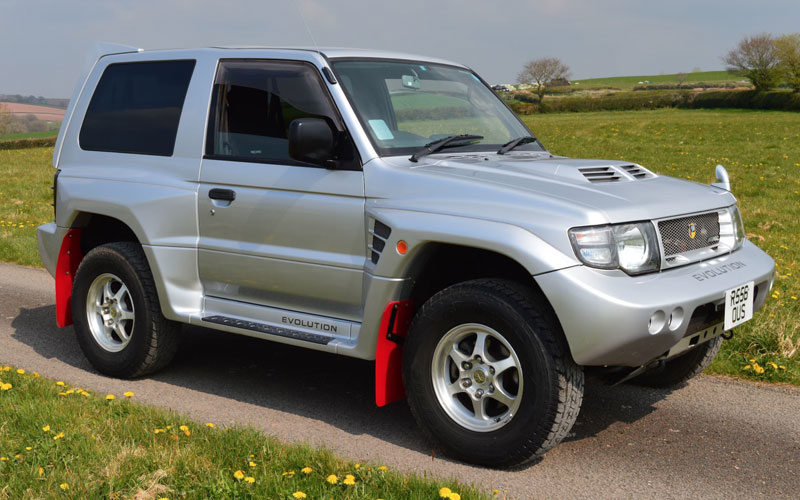
Let’s start off this list with something not typically thought of when considering a JDM car, a hardcore off-roader. The Mitsubishi Pajero Evolution started out as a rally raid SUV that went on to be known as one of the winningest models in the famous Dakar Rally’s history. Like any good racecar, Mitsubishi produced a homologation model of the Pajero Evolution to enter the T2-Class at the Dakar Rally. Around 2,500 of these road-legal Mitsubishi Pajero Evolution SUVs were made starting in 1997. The small two-door SUV featured hood scoops, a rear spoiler, large fender flares, mud flaps, and a 3.5L V6 engine sending power to all four wheels.
Nissan Stagea Series 1.5 260RS Autech
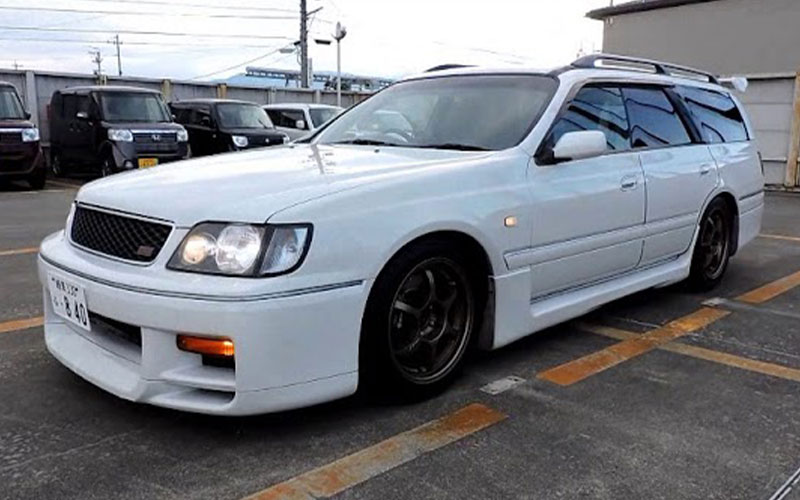
The Nissan Stagea probably isn’t a car you recognize, but you’ll want this Nissan Stagea Series 1.5 260RS Autech after you read about it. This JDM station wagon acted as Nissan’s contender to the Subaru Legacy Touring wagon and was made up of parts from other well-known Nissan cars like the Skyline. This part sharing led to a joint venture with the Autech tuning company to make the Stagea an awesome wagon. The Stagea 260RS Autech featured the 2.6L twin-turbocharged RB straight-six engine, five-speed manual transmission, and the all-wheel drive from the R33 Skyline GT-R of the same time. It also gained a limited-slip rear diff, 17-in BBS wheels, Brembo brakes, a better suspension, Autech adornments, an Autech body kit, and more. The inside even featured R33 components throughout, making this essentially an R33 Skyline GT-R wagon. A Godzilla the whole family can enjoy.
Toyota Caldina GT-T
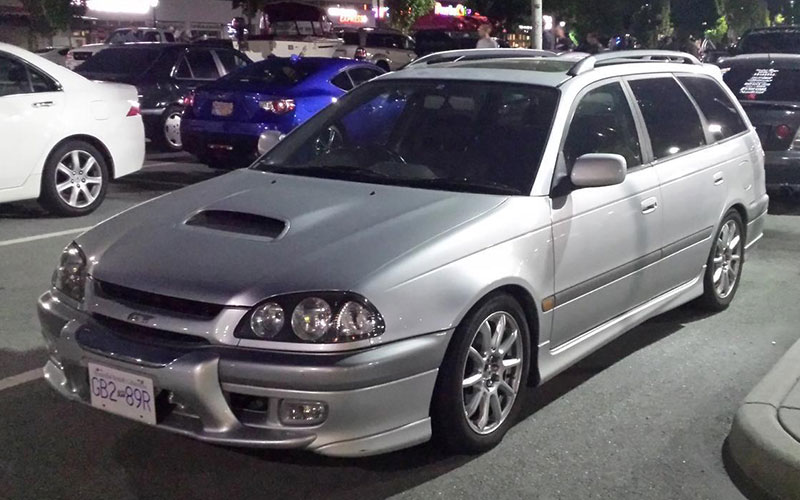
Another wagon you may not have heard of is the Toyota Caldina. For 1997, the Caldina entered its second generation and introduced a new GT-T trim to its lineup. The Caldina GT-T came with the same four-wheel drive, electronic stability control, 2.0L 3S-GTE inline-four engine, and suspension components found on the sportier Toyota Celica GT-Four. This Japanese domestic wagon could speed to 60 mph in 6.4 seconds, a hair shy of the Celica GT-Four’s time. This Caldina GT-T was just another example of how Japanese manufacturers created a good mix of function and performance when they could. Be on the lookout for an Aerial version of this Toyota wagon too. It came with a cool integrated roof rack that morphed into a rear spoiler and the Aerial had a pretty substantial sunroof for the 90s.
Subaru Forester
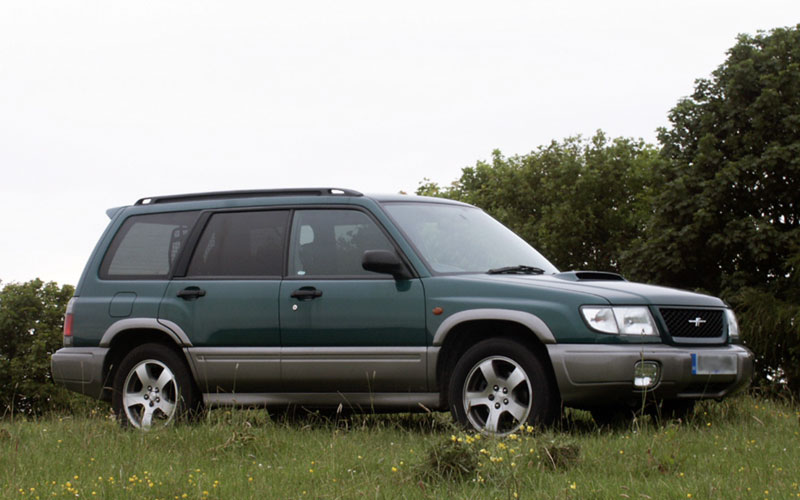
The Subaru Forester debuted in 1997 as a taller wagon featuring all-wheel drive and boxer engine. Now, Americans did get their hands on the first Forester, but ours were all naturally aspirated. Japan received turbocharged Subaru Foresters under the S/tb or T/tb designations. Both JDM Foresters featured the same 2.0L turbocharged EJ20 engine found in the Impreza WRX of the same time, but it was tuned for more low-end torque. The S/tb featured the five-speed manual transmission while the T/tb featured the four-speed automatic transmission. Either way, this is the first turbocharged Forester and I know there are some out there itching to get their hands on it.
Toyota Century GZG50
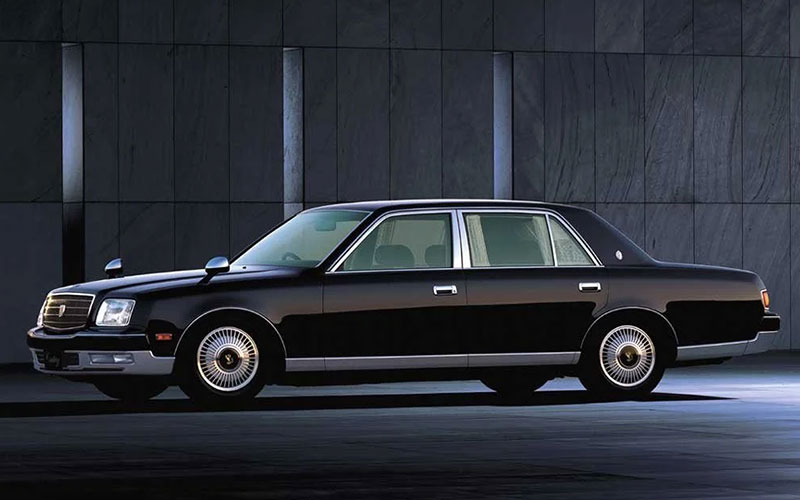
Looking for an import that screams “I’m important, look at me”? The Toyota Century is the most luxurious 90s JDM car of its time and was commonly used to shuttle around Japanese royalty, foreign ambassadors, and business executives. 1997 was the introduction of the G50 models that featured a new exterior appearance, Toyota’s first ever V12 engine under the hood, and a plush rear seating environment. The V12 may sound exciting, but Toyota crafted the Century to be enjoyed from the back seats clearly. The rear seats recline, have massage functions, and the front passenger seat’s middle section folds back for the rear passenger to put their feet up on. Rear passengers also enjoyed their own climate controls, integrated phone, television, and some nice lace sun shades.
Mitsubishi FTO GP Version R
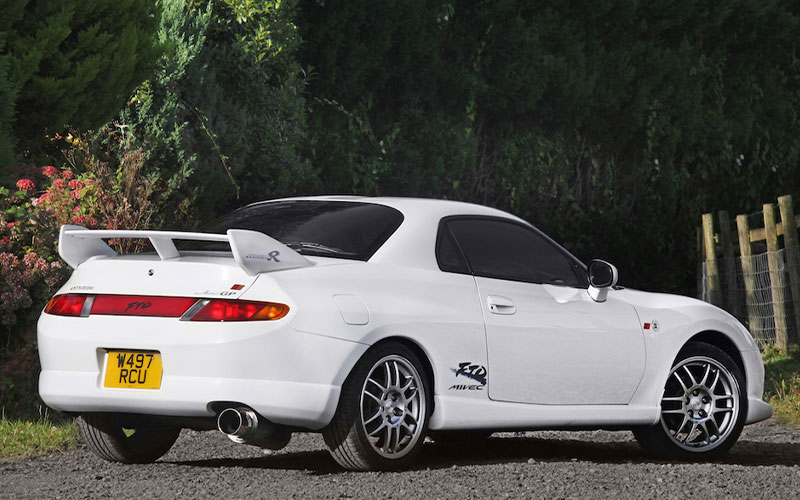
The FTO name started alongside the Galant back in the day, but this Mitsubishi FTO from 1997 is a lot sportier. 1997 was the first year of the facelifted models of the FTO coupe. The FWD coupe came in a couple different versions, but the one to look for is the GP Version R edition. The FTO GPVR came with a big rear spoiler, better suspension, a limited-slip diff, and a refined version of the 6A12 2.0L V6 featuring MIVEC variable valve-timing boosting horsepower to 192 and torque to 147 lb-ft of torque. Version R models also gained special decals, special color ways, and unique seating featuring the FTO logo. There was a later version of the FTO GP Version R with the Aero package that featured a larger spoiler, Ralliart components, and another specialized decal.
Honda Civic Type R EK9
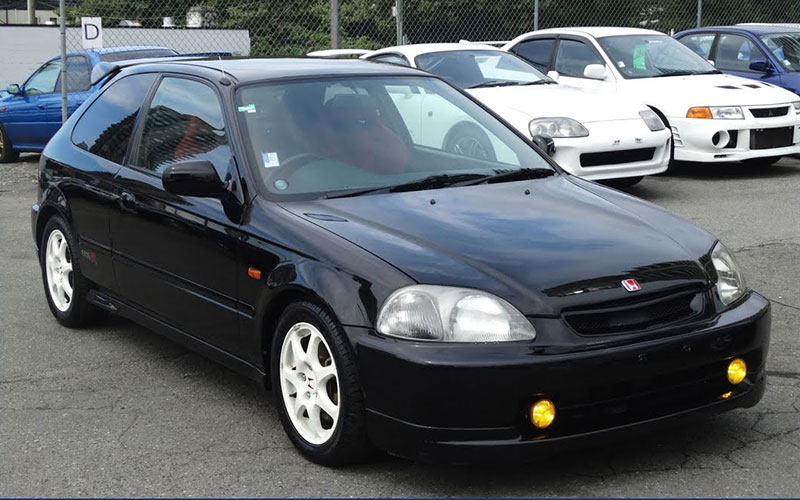
Now we’re getting into the 90s JDM cars people have been truly waiting for, starting with the Honda Civic Type R EK9. This was the first Civic to receive the now sought-after Type R treatment, but it was only available outside the US. The 1997 Honda Civic Type R came only as a hatchback and provided a high-performance version of the FWD compact car. Honda cut weight, tuned the B16B 1.6L I4 engine to put out 182 horsepower and 118 lb-ft, strengthened the chassis, and threw on a limited-slip differential. The Type R badge also came with a red interior featuring RECARO seats, unique floor mats, and a Momo steering wheel. Interested buyers should also be on the lookout for a Spoon tuned ride if they want to experience some classic tuner performance.
Subaru Impreza WRX STi Type R
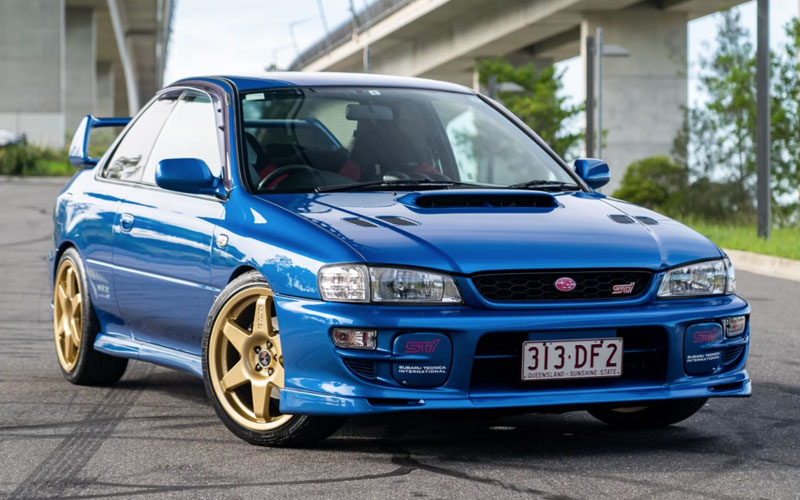
No, this isn’t like the Type R from Honda, but instead a model designation for one of Subaru’s sports cars. The Subaru Impreza WRX STi of the 90s was one of the most iconic rally cars of all time. The Type RA was a four-door rally tuned model that featured a ton of high-performance additions. The Type R was a variation of the same Impreza WRX STi except in a two-door form. This smaller body reduced weight and helped with the car’s rigidity. Along with all the STi components, the Type R featured the same five-speed gearbox, driver-controlled center differentials, and limited-slip diff from the Type RA. This was the ultimate version of the Subaru rally champion. That was until the 22B, but we’ll have to wait till next year to consider even attempting to bring that rarity over to the US.
Nissan Skyline GT-R R33 Nismo 400R
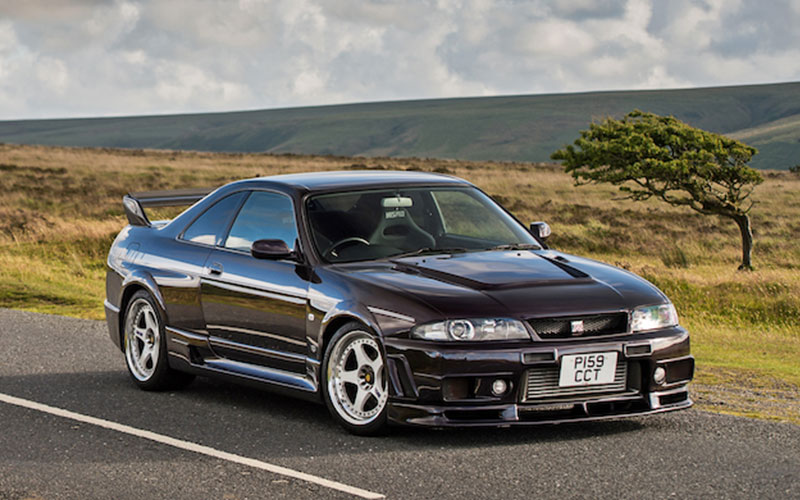
Can’t have a JDM list without mentioning a Skyline GT-R. The Godzilla of 1997 was the Nissan Skyline GT-R R33 featuring the great handling it was known for, the ATTESA E-TS ProAWD system, and that RB26 2.6L twin-turbocharged straight-six engine. This version of the historic Skyline GT-R went on to race at the 24 Hours of Le Mans in an associated effort with the famous JDM Nissan tuning company NISMO. NISMO created a celebratory, street-legal version of their GT car dubbed the Nissan Skyline GT-R Nismo 400R.
This version of the Skyline came with special paint, a 400R decal, and unique aero parts, but it was more than just visual improvements. The Skyline GT-R NISMO 400R’s engine was bored, stroked, filled with aftermarket parts, and added a pair of N1 turbochargers. This allowed the car to reach 400 horsepower, 346 lb-ft of torque, and a 0-60mph time of 4 seconds flat. NISMO replaced just about everything on the car to craft a Godzilla that could take down supercar giants. NISMO planned for 100 of the 400R models to be made, but just 44 were completed before the end of the R33 model in 1998, making this a unicorn of a 90s JDM car.
Honda NSX Type-S & Type-S Zero
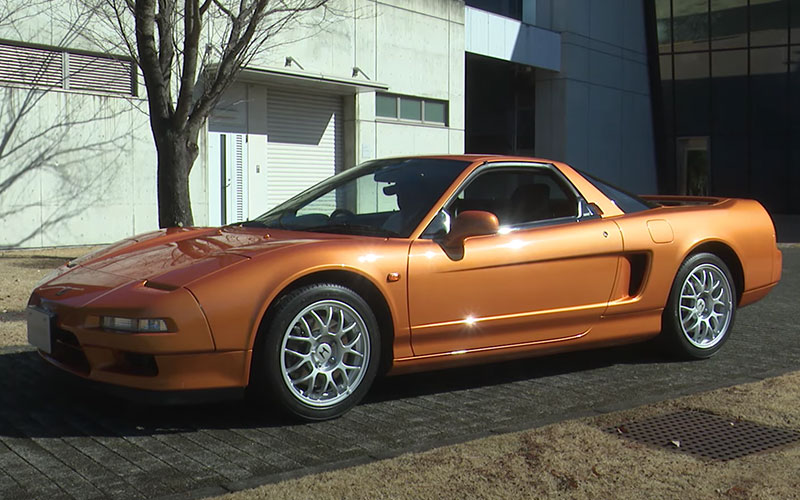
It’s fun to see a JDM NSX with the Honda badge here in the states, but there are versions of the mid-engine Honda that were special for 1997. Not only did the 1997 model see some significant performance improvement over the previous models, but it introduced the Type-S badge. The Honda NSX Type-S was made for the winding mountain roads depicted in Initial D. It featured the newer, larger 3.2L V6 engine that made 290 horsepower and 225 lb-ft of torque paired to a six-speed manual transmission. Honda also made sure to tune the suspension to be stiffer.
The Type-S then added a rear spoiler, BBS wheels, Momo steering wheel, and nearly 100 pounds of weight reduction. The NSX Type-S also gained items from the famous NSX-R like RECARO seats. The Type-S also provided more options than the base model, such as xenon lighting, integrated navigation, and electric power steering. That wasn’t the only special version for 1997 though, as Honda offered the NSX Type-S Zero as well. The Type-S Zero dropped the car’s weight another 110 pounds and removed any unnecessary features to create a track day star that could beat its predecessor, the NSX-R, on any circuit. Only 30 NSX Type-S Zero models were ever made, so anyone that imports one will have a significant collector’s car on their hands.


